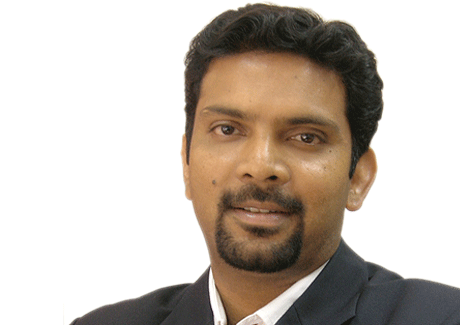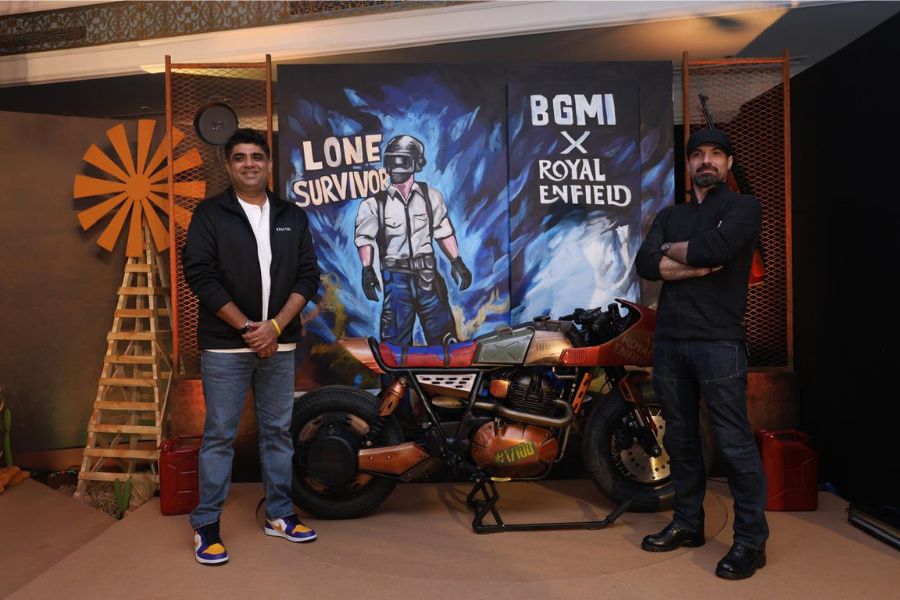THE GOOD, BAD AND UGLY OF INDIAN ADVERTISING
Circa Late 80s: Heard a jingle and warmed up to the brand. Liked the concept of relationships that leave memories and flourish through time and travel. Jingle: Kal bhi aaj bhi aaj bhi kal bhi. In yaadon ka safar toh ruke na kabhi. Brand: V.I.P LuggageThe headiness of poetry in Indian advertising or the importance of relationships hasn’t waned since. Joining this powerhouse of entertaining, creative, on-your-feet world was inevitable. And after 17 years of enjoying the hits and misses, highs and lows, I don’t feel a veteran at all in an industry where the average age is around 30.
My professional life started after the great economic liberalization but the impact of the same had a lot to do with how the industry progressed thereafter. A lot has changed in the industry in these years – u-matic tapes, spray guns, cut paste artists, radio spools, dark rooms, in-house media departments, bromides, account planning, 35 mm slides, fax machines, lap tops, power point presentations, system corrections, post production in Singapore, foreign DOP, digital uplink, viral videos, RSS feeds, crowd sourcing, mobile applications, UGC…to name a few. Like everything else in life, change did bring a lot of the good, the bad and the ugly. What follows is my account of these three faces of our industry, which I picked up over the years.
THE GOOD
This is about the fine things that have stayed on and the emergence of an identity that makes me proud
1. Storytelling has got richer, more meaningful and delectably Indian Future technologies, definition of modernity, overwhelming influence of the West hasn’t stopped many brand storytellers from deep diving into unmistakably Indian cultural codes. Stories are often less an effect of an elitist, intellectual or Western view of life and more a celebration of the Indian ethos. The industry, in fact, foments this blend that describes modern India.
2. Diversity of India implores diverse advertising approaches, which build muscle The unique nature of the Indian market which has myriad cultures and subcultures with languages and dialects across each of them is often more complex than a rubik’s cube puzzle for marketing practitioners. But it has trained Indian advertising professionals to learn from the complex challenges and be successful world over. Industry professionals who can successfully handle the challenges that Indian advertising poses will often find it easy in many other parts of the world where homogeneity of culture prevails. And for adrenalin junkies’ Indian advertising with its diversity, is where one can have the most fun, with all their clothes on.
3. Indian advertising has it own unique signature style Unlike many emerging markets, Indian advertising hasn’t succumbed to dubbing international communication or using them as is. It is Indian in texture, milieu and finds its inspiration from within.
4. We continue to supply good talent to the global scene The export of our people has been very well absorbed and recognized especially in the intellectual and strategic space. Many global networks have sizable Indian professionals, especially in the Asia-Pacific region handling important portfolios. This I believe is a tribute to the quality and the high standard which is prevalent in India.
5. Home grown agencies have managed to retain their identity without becoming clones of their global masters More than 90% of the top agencies in the country are part of large multinational holding groups. But that has not made them any less Indian or less successful. In fact, by retaining their Indian face they have ensured that they don’t become merely executors of a global framework or a conduit for global presence in India.
6. We have the fastest turn around times Our agility is our greatest strength. Be it creation of new campaigns or competition sabotage, our ability to convert ideas to marketplace in record time is commendable.
THE BAD
This really means that it’s ‘unfortunate that certain things haven’t happened’ and it requires little effort to accomplish it.
1. Resistance to Change Breaking down various job functions into systems and departments has only got worse. So specialists have locked themselves in silos and it is difficult for them to look at tasks as a cohesive set of people. World over, many advertising groups have created task-oriented teams. Here multiple leaders manage brands or tasks with teams from mixed disciplines. Here flatter structures and not narrow hierarchies, prosper. Here brands rule and not individual egos. We are too obsessed with celebrating personalities and not brands. Hence the transition to discipline neutral teams that could mean a ‘highly efficient working system’ has not happened.
2. Poor Trendsetters As an industry at the forefront of tapping into changing consumers, new technologies, emerging lifestyle needs etc, rarely is the contribution proactive. Marketing companies have evolved, but the advertising industry stays reactive
3. Lip service to integration: 30 secs still rules At a simple credentials invitation, agencies often share their finest television work. Ideas don’t rule here, soapy or funny or enjoyable television commercials rule. A recall of any of those advertisements creates comfort with agency ability, even among clients. On forums and guest articles, the Industry leaders continue to wax-eloquent on the need to be integrated and focus on brand solutions, then go back and make 30 seconders!
4. Obsession with celebrities As an industry we take the easy way out to garner eyeballs. Here the use of celebrity as a face rather than a storyteller is the issue. And this has made the credibility that celebrities brought in the past, suspect among customers today. Whatever happened to the zillions of stories that we have in our own homes and the scores of real people who could make brilliant brand ambassadors?
5. Developing young talent is unimportant; buying them to add that edge has become important After MICA that is now a respected business and an advertising talent development school, has the industry created gatherings for knowledge sharing? Young talent is creating benchmarks basis the attitude reflected by their successful peers and seniors. Who are incidentally celebrating the concept of self-reward, rather than the reward for the craft and its effectiveness! More so any gathering, which may be under the garb of evaluating work, is really to source talent for the group of agencies present there. So what is the young talent really learning?
THE UGLY
Is what makes this industry unattractive and even acts as a deterrent for people to consider it as a career choice. And all of it is man-made.
1.Divided we stand I can’t think of any other industry, which has such a poor appetite for unity even in the worst hours. Seldom has this industry stood together in matters that concern the very survival of the business. Extreme short-term thinking and selfish motives have governed the industry for years and as matters stand now will continue for a long time unless a miracle occurs. The no-holds barred mud slinging at the recently held elections for the office bearers post of AAAI is just symptomatic of the same. Does any one care?
2.You scratch my back and I…
“Me and my friends will award each other for the work no one has ever seen. If you have a problem with that then you may not be creative enough!”There are many agencies who encourage/tolerate people who do nothing but create fake ads for non- existing clients which gets released in the most inappropriate media and win pots of awards. They then cash in on their newfound star status and go to the next agency that will pay them a ridiculous sum to do the same. And the cycle continues. This floating population is often celebrated as the messiahs of advertising. The starry eyed young creative talents who join these agencies genuinely believe that this is the real purpose of advertising. Brand success among consumers is not the benchmark, but how creative the ad is, decides the award cache. Many genuine creative guys, who slog their bottom to ensure that the best solution is offered to brands that are entrusted with their agency, get disillusioned and even quit the industry. This scam is an open secret and no one wants to bell the cat.
3.You are not welcome
Try becoming a part of any of these industry bodies. Getting a road contract tender will be easier and faster. Draconian conditions like INS accreditation (some one needs to tell these guys that media buying has become a specialized function a decade back) are criteria to be part of these associations. It’s the domain of a few and they would want to keep it that way.
4. Sale! Sale! Sale!
Agencies are on a sale 365 days a year. Undervaluing their services just to get a client in and making noises about new business wins are common. Giving everything free has seriously impacted our ability to retain and reward genuine talent who is leaving us for greener pastures like migratory birds. Who will value us if we don’t vale ourselves?




